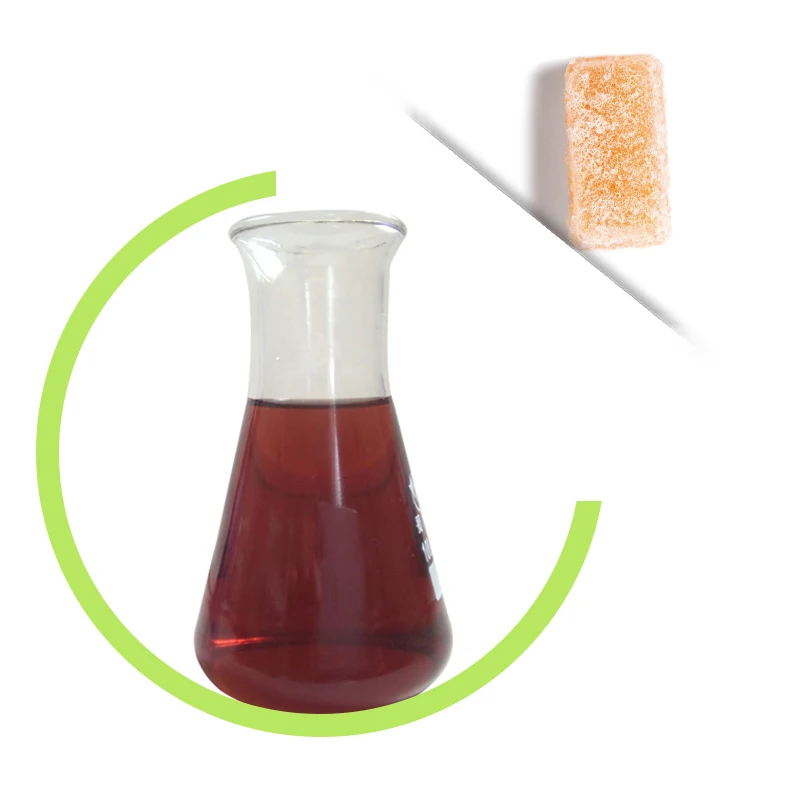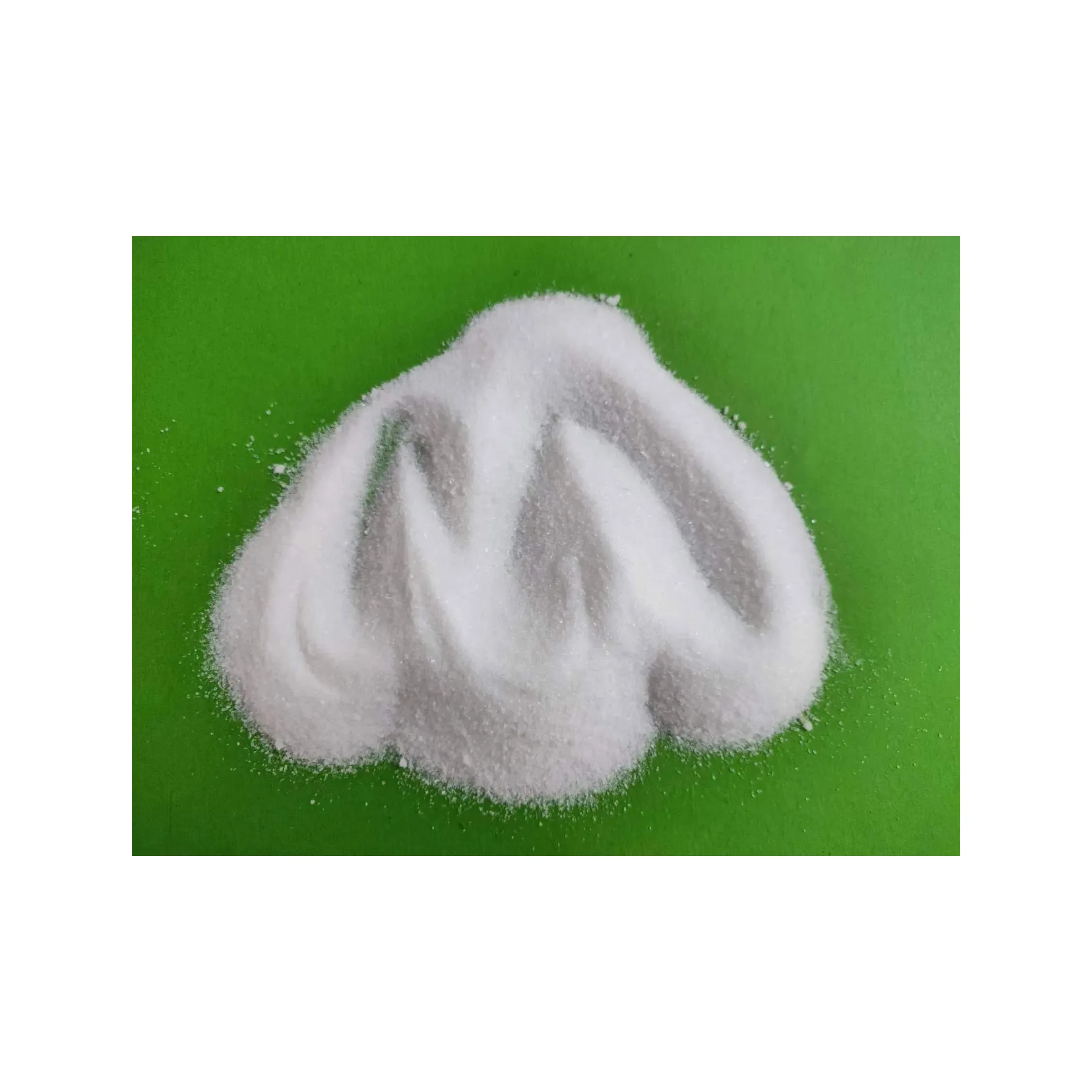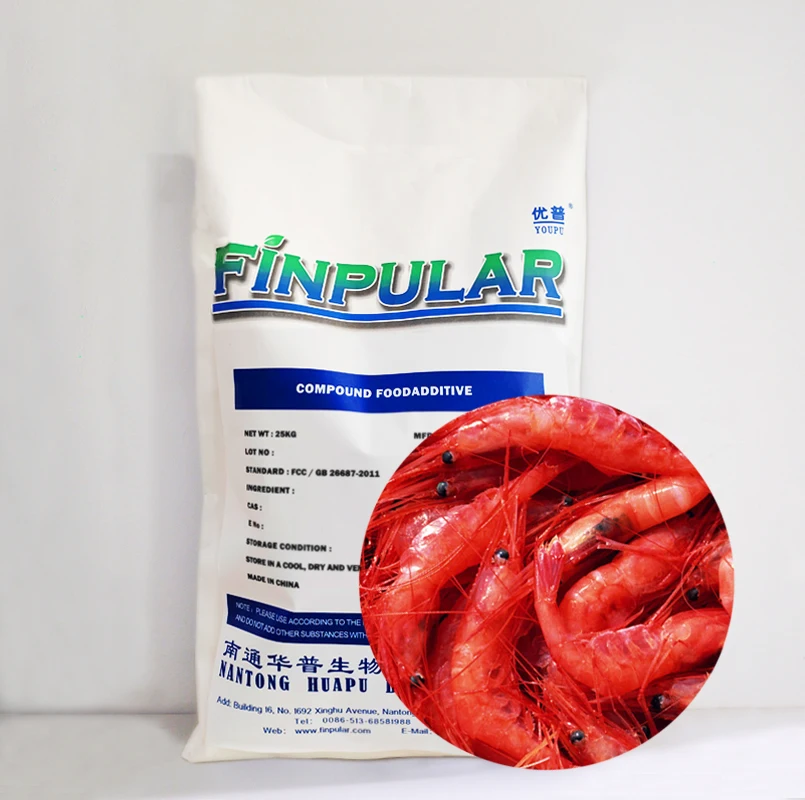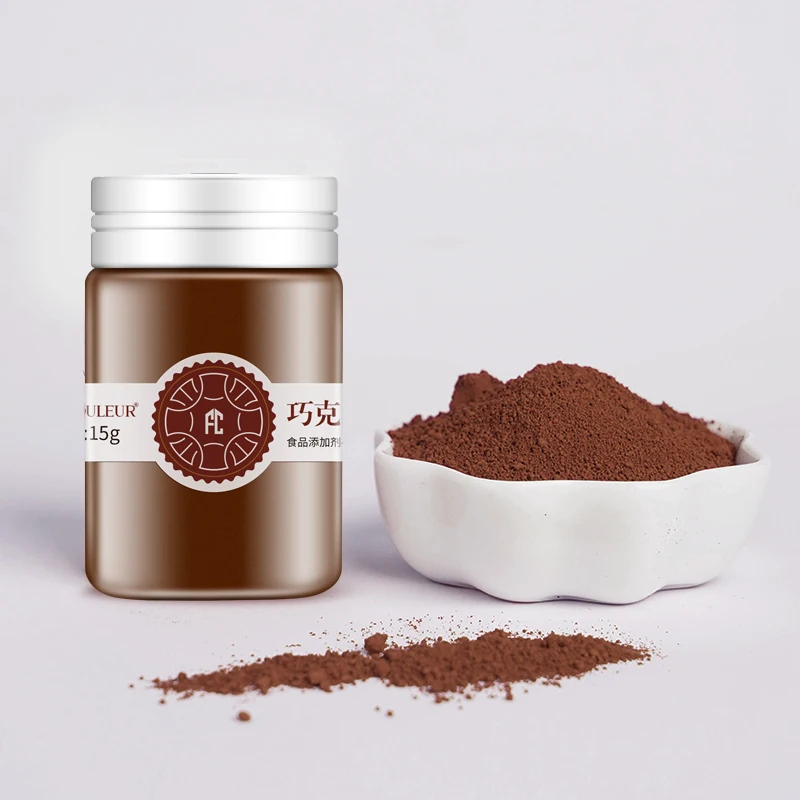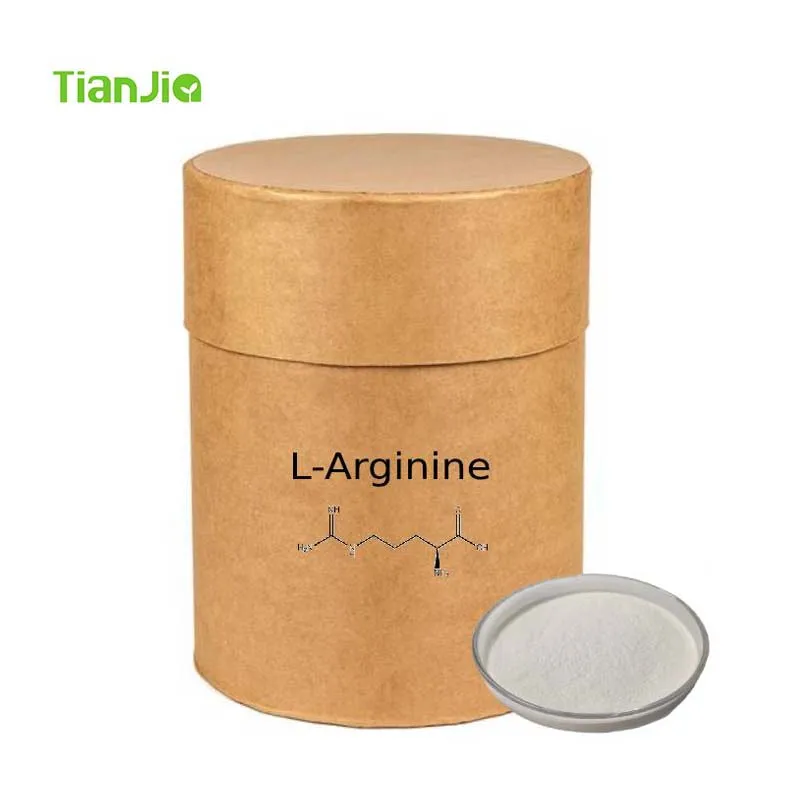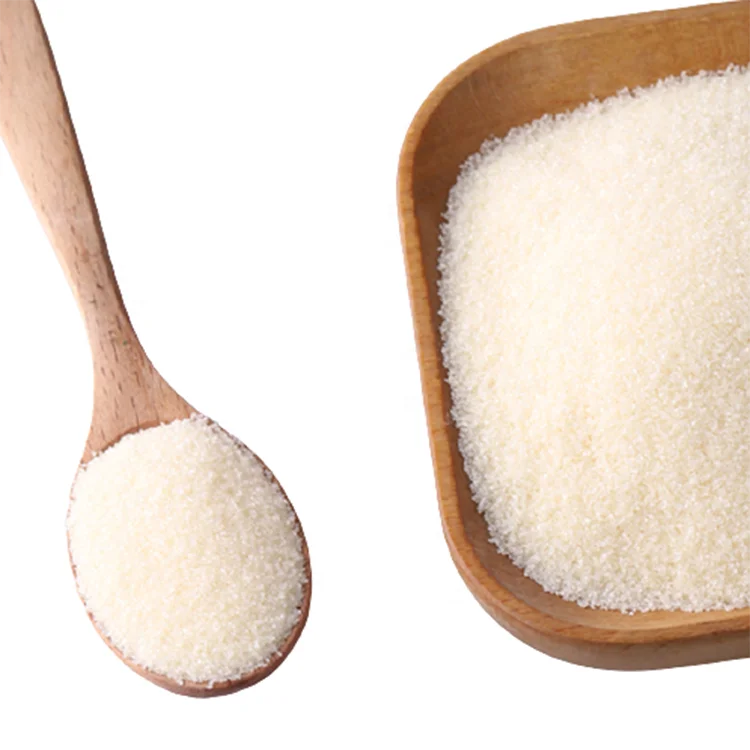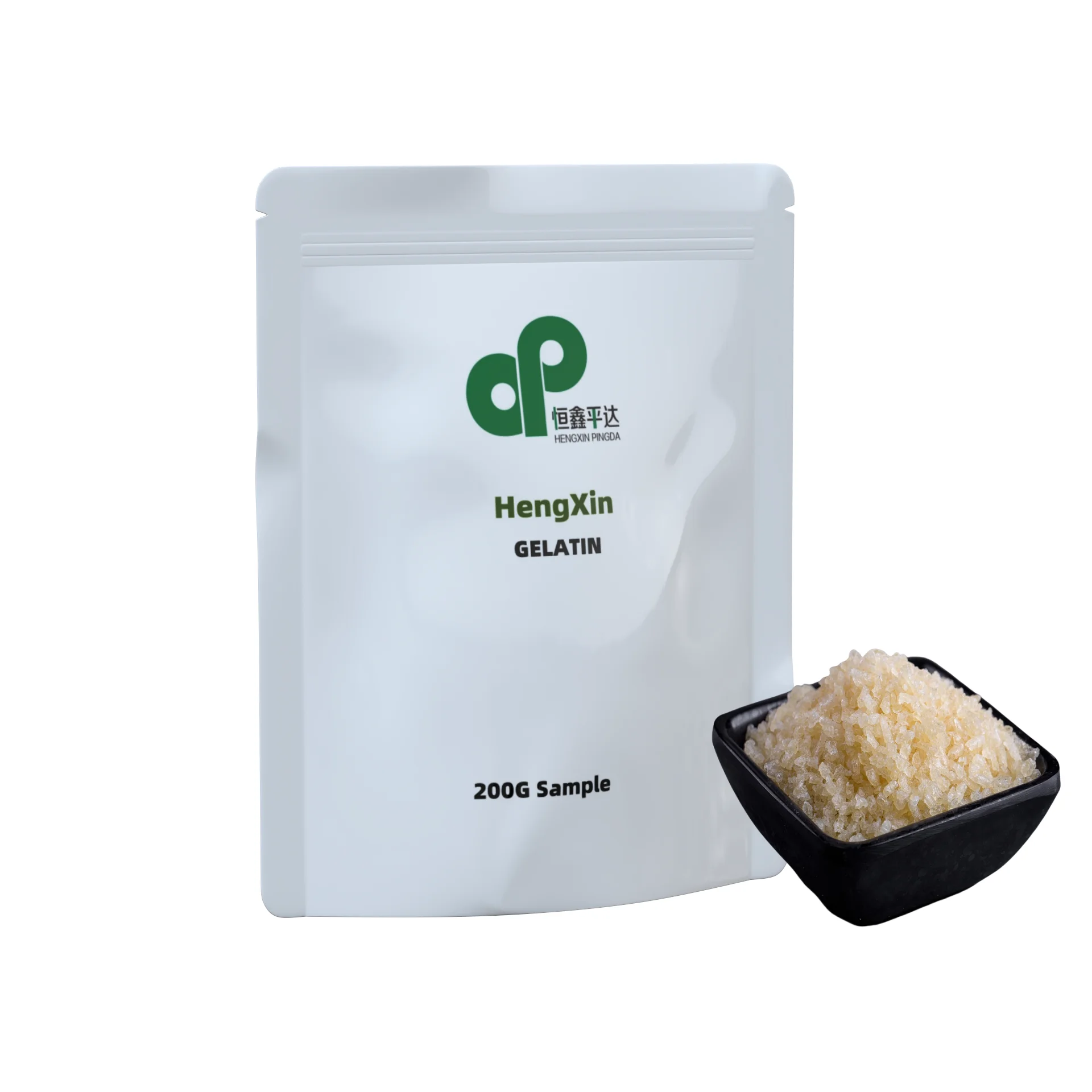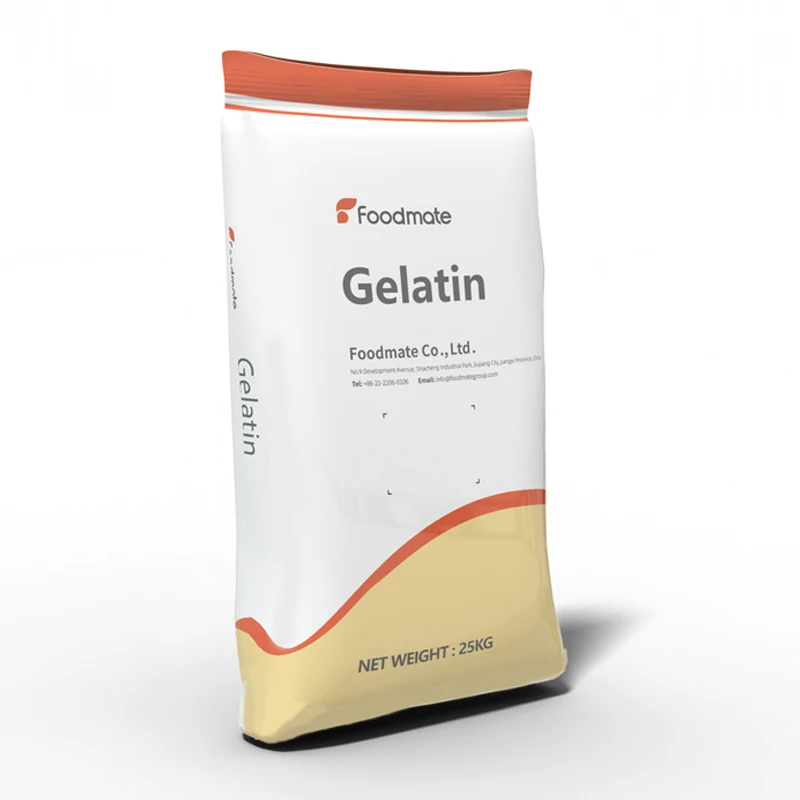Enzyme Beta Amylase Liquid 700,000u/g Cas 9000 91 3 Food Grade High enzyme activity preparation Amylase For Food processing
- Category: >>>
- Supplier: Wuhan Healthdream Biological Technology Co. Ltd.Wuhan Ltd.
Share on (1601205833647):
Product Overview
Description



Enzyme Beta Amylase Liquid 700,000u/g Cas 9000-91-3 Food Grade High enzyme activity preparation Amylase For Food processing
Product name: | Beta Amylase (β-amylase) | |
Appearance: | Light brown liquid | |
Product odor: | Slight odor of fermentation | |
Ingredients: | β-Amylase, Excipients: Glycerol | |
Enzyme activity: | 700,000 U/g or customized | |
MOQ: | 1kg | |
Package: | 1kg/bottle,25Kg/drum | |
Shelf Life: | 12 Months under room temperature 18 Months under 15 oC 24 Months under 0 ~ 4 oC | |
Optimum environment: | 40℃~65℃; pH 3.5 ~ 6.0 | |
Hydrolysis time: | 1.5 ~ 10 hours | |
Other influencing factors | Oxidation inhibitor; Reducing substances, like active ion Ca2+, Mg2+, Na+; K+ ect. | |
Storage: | In cool dry place , away from light | |
Recommended dosage: | Suggested addition amount is 0.1 - 1.5 kg/ ton, depending on the type, concentration, reaction conditions, and other factors of the substrate and production situation | |
P.S.: The intensity of flavor can be enhanced by extending the hydrolysis time or adding our Flavor Enzymes | ||

β-Amylase, with an enzymatic activity of 700,000, food grade, is mainly applied in the field of food processing. Food grade β-amylase is a highly efficient enzyme preparation refined and extracted from plants. With starch as the substrate, it hydrolyzes the α-1,4-glucosidic bonds at intervals from the non-reducing end of starch under certain conditions to produce maltose.
@ Chemical driving force in maltose production of Healthdream's β -amylase
In the production of maltose, β -amylase effectively hydrolyzes starch into maltose, avoiding unnecessary by-products and thereby ensuring the purity and yield of maltose. The application of β -amylase can significantly enhance the efficiency of the production process. Compared to traditional chemical methods, enzymatic reactions can occur under mild conditions, reducing energy
consumption and costs. This optimization enables maltose to be produced in a more economical and sustainable manner.
β -Amylase not only boosts production efficiency but also enhances product yield. This implies that maltose can be extracted more effectively from the ingredients, reducing waste and increasing profits.
consumption and costs. This optimization enables maltose to be produced in a more economical and sustainable manner.
β -Amylase not only boosts production efficiency but also enhances product yield. This implies that maltose can be extracted more effectively from the ingredients, reducing waste and increasing profits.





* Production of sweeteners:
β-Amylase hydrolyzes starch into maltose, which is used to manufacture sweeteners such as high maltose syrup and maltitol.
* Brewing beer:
β-Amylase acts as a saccharifying agent to improve saccharification efficiency, reduce costs, and enhance the quality of beer.
* Bread making:
β-Amylase hydrolyzes the starch in flour to provide sugar for yeast and improve the taste of bread.
* Other applications:
β-Amylase is also used in the production of maltodextrin, glucose syrup, desizing in textiles and printing and dyeing, and can also be used as a digestive aid.

Are Healthdream Enzymes Safe for Usage? And What Should be Noted in The Applications?
Safety:
1. Healthdream Enzyme preparations belong to protein, and consuming foods with added enzyme preparations is generally beneficial and harmless to the human body, just like consuming foods containing protein.
1. Healthdream Enzyme preparations belong to protein, and consuming foods with added enzyme preparations is generally beneficial and harmless to the human body, just like consuming foods containing protein.
2. For some sensitive populations, direct ingestion of highly concentrated enzyme powder or droplets may cause allergies, and prolonged exposure may irritate the skin, eyes, and mucosal tissues. During the operation, it is recommended to wear protective equipment such as masks and eye masks. Any remaining or spilled enzyme powder should be disposed of in a timely manner. For large amounts of spilled enzyme powder, gently sweep it back into the container, and for small amounts, use vacuum suction or soak it in water for cleaning.
Usage Tips
1. Enzyme preparations are a type of bioactive substance that are susceptible to the inhibitory and destructive effects of heavy metal ions (Fe3+, Cu2+, Hg+, Pb+, etc.) and oxidants. They should be avoided from contact during storage or use
2. Excessive storage or unfavorable storage conditions can lead to varying degrees of decrease in enzyme activity; If the temperature and humidity are too high, it is necessary to increase the usage appropriately when reusing
1. Enzyme preparations are a type of bioactive substance that are susceptible to the inhibitory and destructive effects of heavy metal ions (Fe3+, Cu2+, Hg+, Pb+, etc.) and oxidants. They should be avoided from contact during storage or use
2. Excessive storage or unfavorable storage conditions can lead to varying degrees of decrease in enzyme activity; If the temperature and humidity are too high, it is necessary to increase the usage appropriately when reusing
Healthdream Enzyme Product List In Food Industry | ||||
Name | Specification | Application | ||






We Recommend
New Arrivals
New products from manufacturers at wholesale prices
